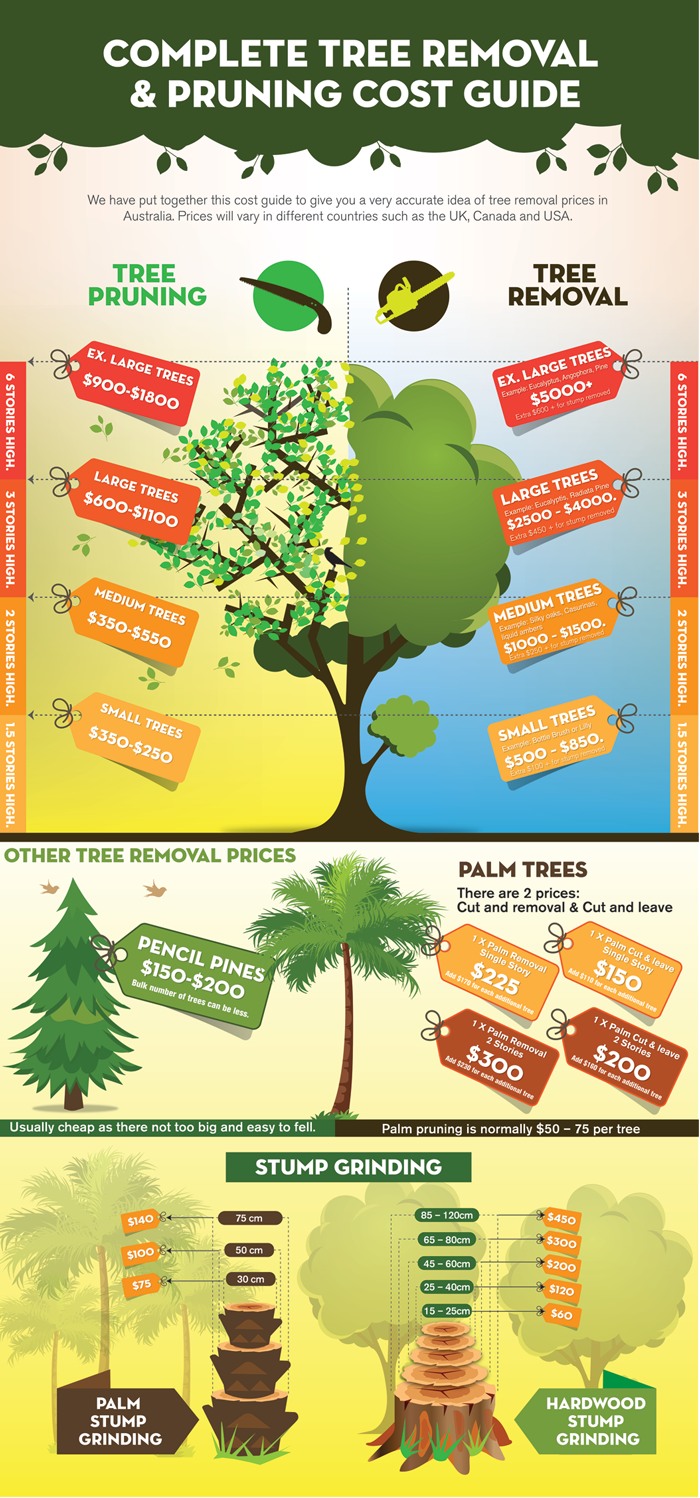Seasonal Tree Monitoring: Methods For Caring For Trees Before And After Their Removal
Seasonal Tree Monitoring: Methods For Caring For Trees Before And After Their Removal
Blog Article
Web Content Produce By-
When it concerns seasonal tree care, guaranteeing appropriate administration prior to and after removal can significantly affect the wellness and visual appeals of your landscape. By comprehending the needed steps involved in evaluating tree health and preparing for removal, you can proactively safeguard your home. Yet what concerning the critical methods to follow once the tree is gone? Keep tuned to uncover the necessary post-removal treatment procedures that will certainly help you grow a growing and lasting setting for your trees.
Pre-Removal Tree Treatment
Before addressing the removal of a tree, it's vital to prioritize pre-removal tree treatment. Start by assessing the tree's wellness and architectural integrity. Search for indicators of illness, pest invasions, or any type of structural issues that may pose a safety and security risk during elimination. It's important to seek advice from a qualified arborist to establish the most effective course of action.
Trimming dead or infected branches can prevent further damages to the tree and make certain a smoother removal process.
Furthermore, think about the ecological effect of removing the tree. Trees play a vital duty in our environment, so growing a new tree in an ideal location can aid offset any type of loss. Make sure that you have the necessary permits and consents for tree elimination, particularly if the tree is safeguarded by regional laws.
Seasonal Maintenance Tips
Examining your tree's requirements throughout the year is important for its health and wellness and long life. To keep your trees in top problem, comply with these seasonal maintenance ideas.
In spring, focus on trimming to get rid of dead or damaged branches and urge brand-new growth.
Summertime requires routine watering, particularly during dry spells, to ensure your tree stays hydrated.
As loss strategies, keep an eye out for very early indicators of illness or stress, and consider using mulch to secure the roots during winter months.
In wintertime, be cautious when eliminating snow from branches to avoid damage, and remain to monitor your tree's overall health.
Remember to readjust your care routine based upon the certain requirements of your tree types and local climate. By staying alert and proactive throughout the periods, you can assist your trees prosper and thrive for years to find.
Post-Removal Tree Care
To ensure the health of your landscape also after tree removal, correct post-removal care is vital. After a tree is gotten rid of, it's crucial to load the remaining opening with topsoil and small it to prevent settling. hedge maintenance near me will certainly aid keep the honesty of the ground and prevent prospective hazards in the future.
Think about growing new greenery instead of the removed tree to recover the balance and visual appeals of your landscape. Consistently water the location to promote the development of brand-new plants and prevent dirt disintegration.
Evaluate the surrounding trees for any indications of condition or stress that may have been brought on by the gotten rid of tree. Keep an eye out for pests that might've been brought in to the previous tree and take preventive measures to protect the remaining vegetation.
If needed, talk to a specialist arborist to examine the influence of the removal on the bordering trees and determine any added treatment required. By complying with building maintenance plan -removal treatment actions, you can ensure the continued health and appeal of your landscape.
Conclusion
To conclude, aggressive seasonal tree treatment is important for keeping the health and wellness and equilibrium of your landscape. By examining tree health, pruning, and consulting with an arborist prior to elimination, you can make certain a risk-free procedure. After elimination, filling up the hole, growing brand-new vegetation, and regular watering will promote brand-new growth and avoid disintegration. Remember to examine surrounding trees for condition and seek additional care measures from an arborist to keep your landscape thriving.
